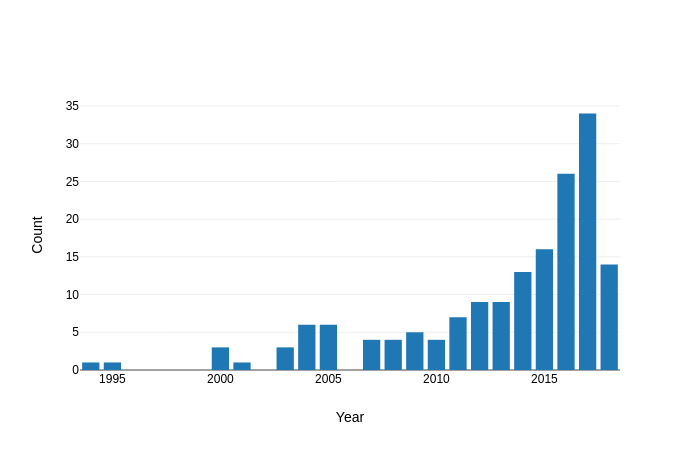Update 2020-06-27: this paper was presented as a `poster’(video) at the RL for Real Life virtual Conference. Read more here.
Reinforcement learning (RL) is becoming an increasingly popular tool to tackle hairy problems using data. A nice example of such a hairy problem is personalization. Personalization refers to a task central to many applications of data science and machine learning: to change a system so that its personal relevance to an individual or category of individuals is increased.
Although RL is becoming more popular, a clear overview of different RL approaches within personalization is lacking. The reason for this may be that RL is applied to personalization problems in different domains which each have their own tasks, terms and events. However, different fields may find related problems, solutions and conclusions with respect to the usage of RL in a personalization setting. This is why I performed a literature study into the usage of RL for personalizaton problems, together with Eoin Grua, Ali el Hassouni and Mark Hoogendoorn.
We collected data on papers in a systematic literature review and looked at different aspects of problem setting, solution and evaluation. The resulting overview serves as an excellent bibliography for both practitioners and researchers with a personalization problem at hand. Furthermore, we identify some research gaps, such as efficient usage of data and ensuring safety of systems. These are interesting for RL researchers looking to contribute to this new field.
As the data collected contains many more insights than those covered in the paper, we also released the data and an online tool. As a preview, check out the plot below, which shows the number of papers that report on using RL for a personalization task over time. Note that data was collected June 1st and only covers the last year partially. It is clear that RL is becoming more and more popular.
The paper can be accessed at Data Science journal.
